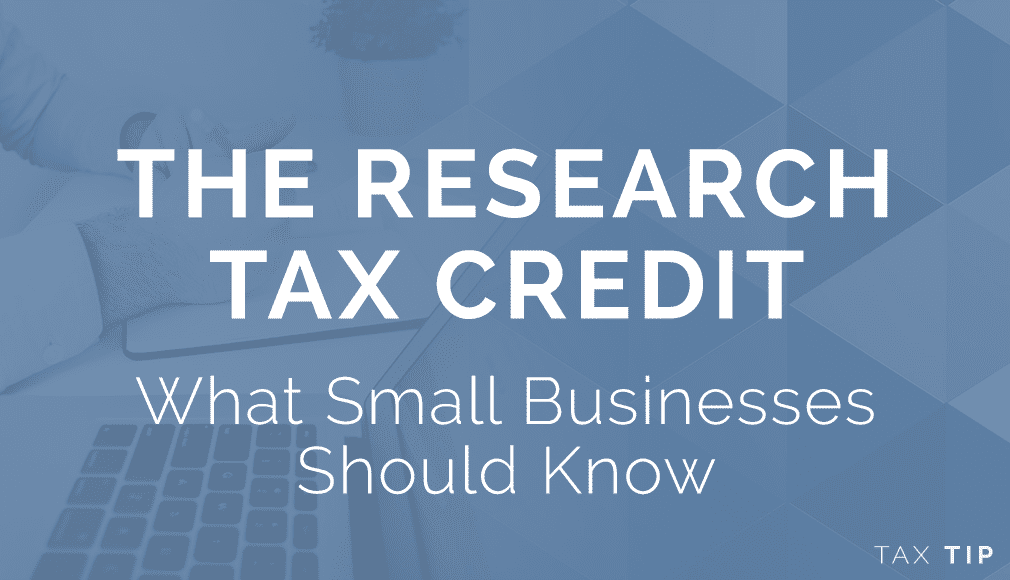

After years of uncertainty, the Protecting Americans from Tax Hikes (PATH) Act of 2015 permanently extended a tax credit for research expenses for qualified small businesses.
Generally speaking, the basic research credit is equal to 20 percent of the cost of qualified in-house expenses over a base amount and 20 percent of certain outside expenses, such as the university basic research credit. Alternatively, a business may claim a 14 percent simplified credit for the three preceding tax years.
They must be expenses that would otherwise be deductible as research expenses under the tax code and involve research undertaken to discover technological information to be used in developing a new or improved component for the business.
“In-house research expenses can include wages, supplies, and the right to use computers or similar equipment to conduct research,” explains Associate Partner Ren Cicalese III, CPA, MST.
“One thing to remember about this tax credit is that you do not have to be successful in your endeavors. If you spend time and money to develop or improve your products or services but fail to do so, you may still qualify for the tax credit.”
The credit had expired and been reinstated more than a dozen times since its inception in the 1980s before the PATH Act preserved it permanently. The latest version includes two key changes for small businesses.
These changes are effective for 2016 and thereafter. Earlier this year, the IRS issued some guidelines on the enhanced credit on an amended 2016 return. In addition, certain additional technical requirements must be met to qualify for the credit.
While this credit has been simplified, the calculations are best left to the experts.
“If you’re thinking about taking a credit for research and development, talk to your CPA about how to track those expenses before you start the process,” recommends Ren. “Substantiation of expenses is required as part of taking this credit.”
If you have additional questions about the eligibility of your business, please contact us for guidance and application to your individual situation.
© MC 2017 | “Tax Tips” are published weekly to provide current tax information, tax-cutting suggestions, and tax reminders. The tax information contained in this site is of a general nature and should not be acted upon in your specific situation without further details and/or professional assistance.
Empowering business owners and individuals in South Jersey and Philadelphia to feel confident through proactive accounting and advisory solutions.